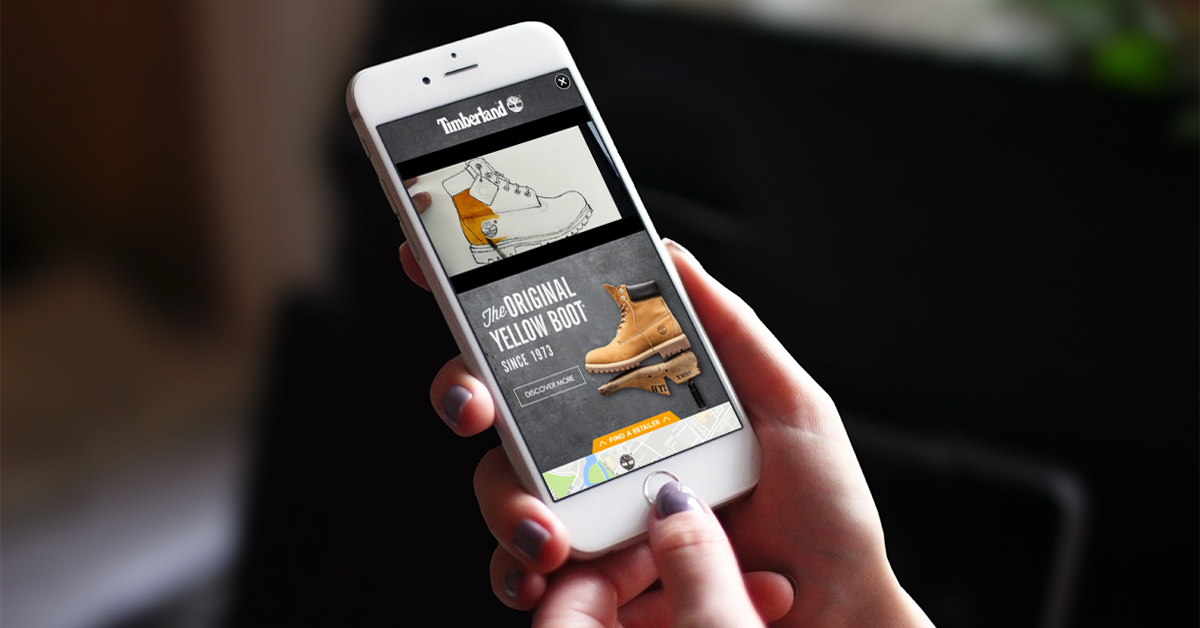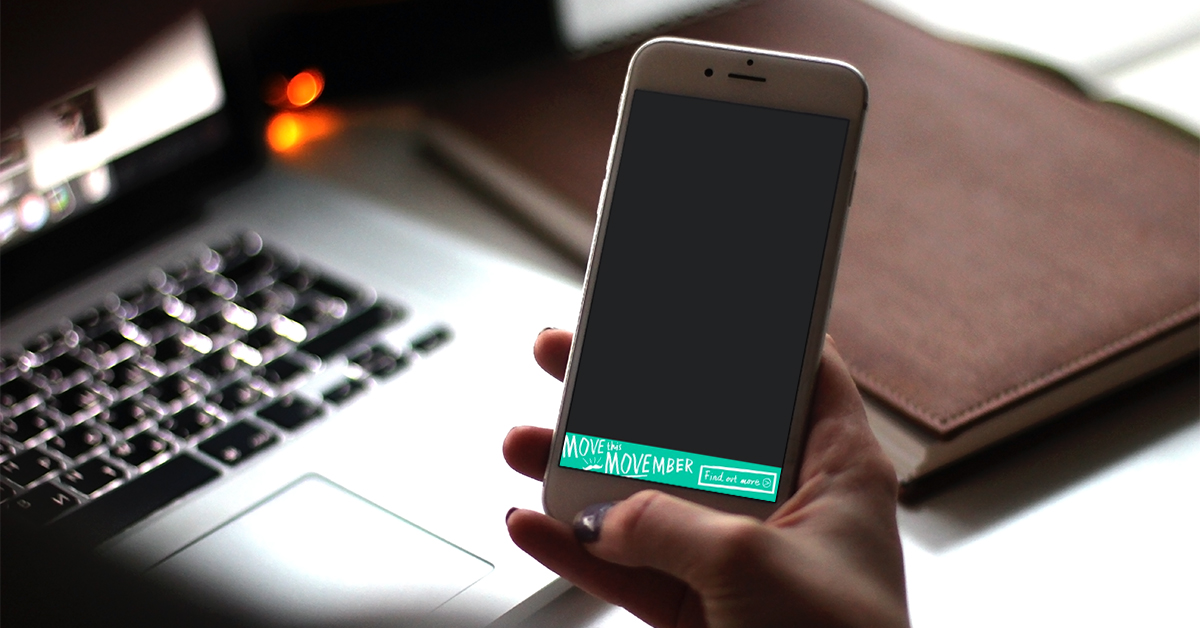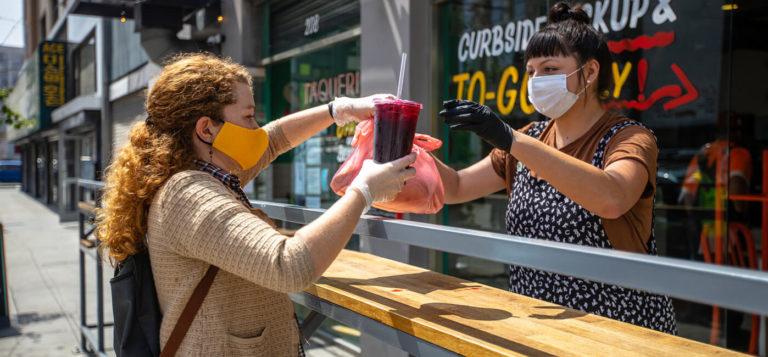Location, location, location. That phrase is no longer just about real estate. Instead, it reflects the primary importance of location marketing insights.
As MarTech Series points out, 83% of marketers find that using location data helps companies run more successful campaigns. MarTech’s location marketing insights reveal that not only do companies get more customers, but they also experience higher customer engagement and response. They also understand their customers better, enabling them to deliver the experiences customers need.
We agree. Our customers have had amazing results with mobile location analytics. As you’ll see from the location based marketing examples we’ll share, they’ve been able to connect more deeply with specific customers, and persuade more of them to visit stores. More store visits equals more sales, which is a big win for the companies.
Location Marketing Example #1: Timberland
The first of our location marketing examples is from boots, shoes, and clothing retailer Timberland. The brand wanted to use insights from customers’ real-world behavior to encourage more people who might want to buy to visit stores.
With our audience and visitation data, we were able to identify people who had recently visited Timberland stores, or were close to stores, stockists, or competitors.
In addition, people who had visited popular outdoor activities and fashion stores were added to an “urban stylist” audience via our Audience Targeting product. Then we create a mobile landing page with relevant written and video copy. This was shown to people in that audience who were near to stores.
The result: a 6% increase in store visitation among the target market, with 20% of visits happening within a day of seeing the content.
Location Marketing Example #2: Denny’s
Denny’s wanted to raise awareness of its “Bring Your Own Skillet” breakfast campaign, and to increase customer loyalty. That’s where our mobile location analytics came in.
First, we used Audience Targeting to identify people who regularly ate at fast food restaurants. Then Location Targeting helped us identify people from that audience who were close to a Denny’s or a competitor restaurant.
The ad campaign was wildly successful. In-store visits increased by a whopping 25,000 people. And 12% of those visited Denny’s restaurants within 2 weeks of seeing the promotion. The campaign also showed potential to increase customer loyalty. A post-ad survey showed that those who’d seen the promotion were 138% more likely to pay a repeat visit to a Denny’s restaurant.
Location Marketing Example #3: Movember
If you’re trying to reach socially-conscious working people, a good place to get to them is during the morning and evening commute. That’s exactly what men’s health initiative Movember did.
The global annual fundraising campaign for issues affecting men’s health wanted to get more signups for certain initiatives. We were able to help with our Location Targeting f. This allowed Movember to show ads to mobile device users near office buildings, train stations and commuter hubs. The ads ran during the work week, and there was also a campaign for the “Mo This Movember” mustache-growing initiative.
The commuter hub targeting strategy was hugely successful. Overall, the click through rate (CTR) was 50% above the industry norm. Our location insights also showed that people were most responsive on Mondays, being more health-conscious after letting it all hang out at the weekend. Even more amazing, the commuter hubs outperformed other tactics, with a 70% CTR above the baseline. As you’ve seen from our location marketing insights, all businesses can benefit from a more targeted approach based on real-world consumer behavior. Check out the full case studies below.








